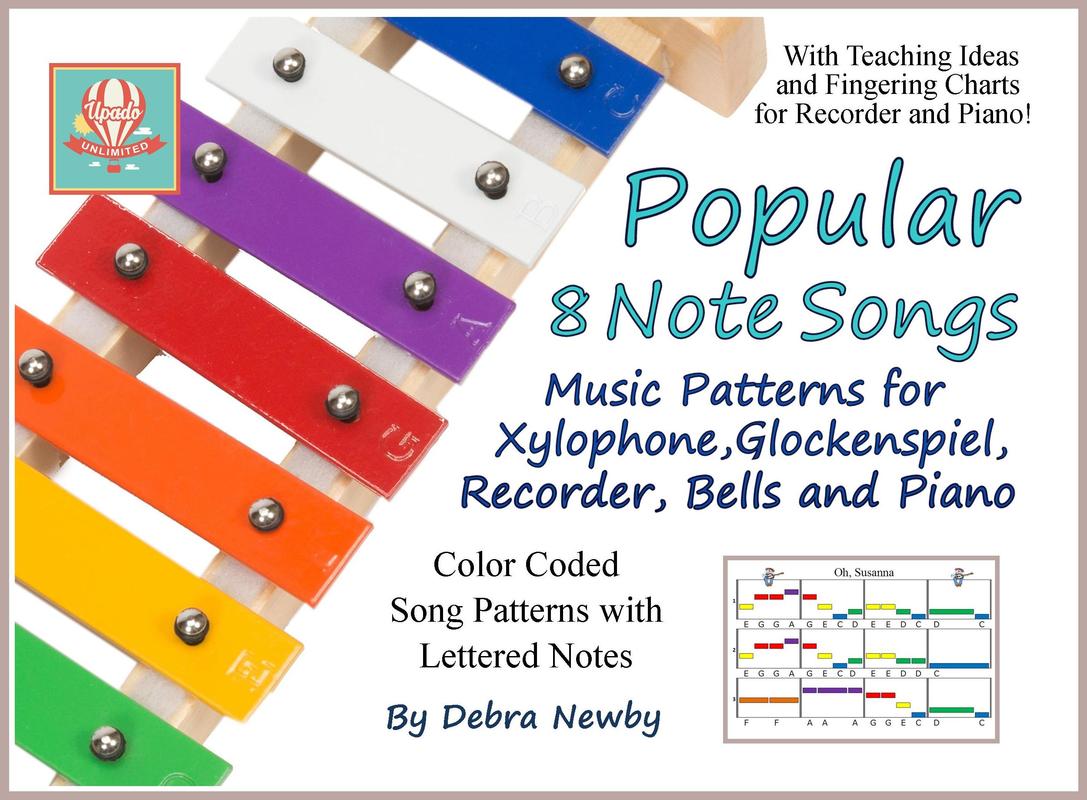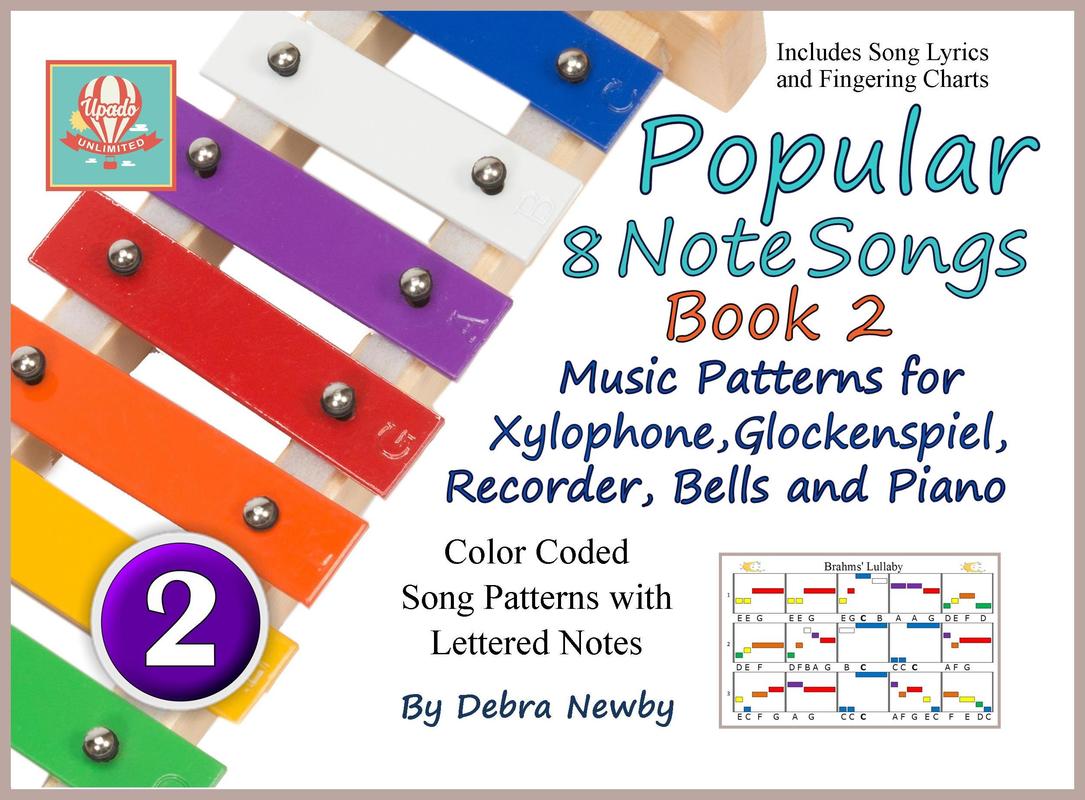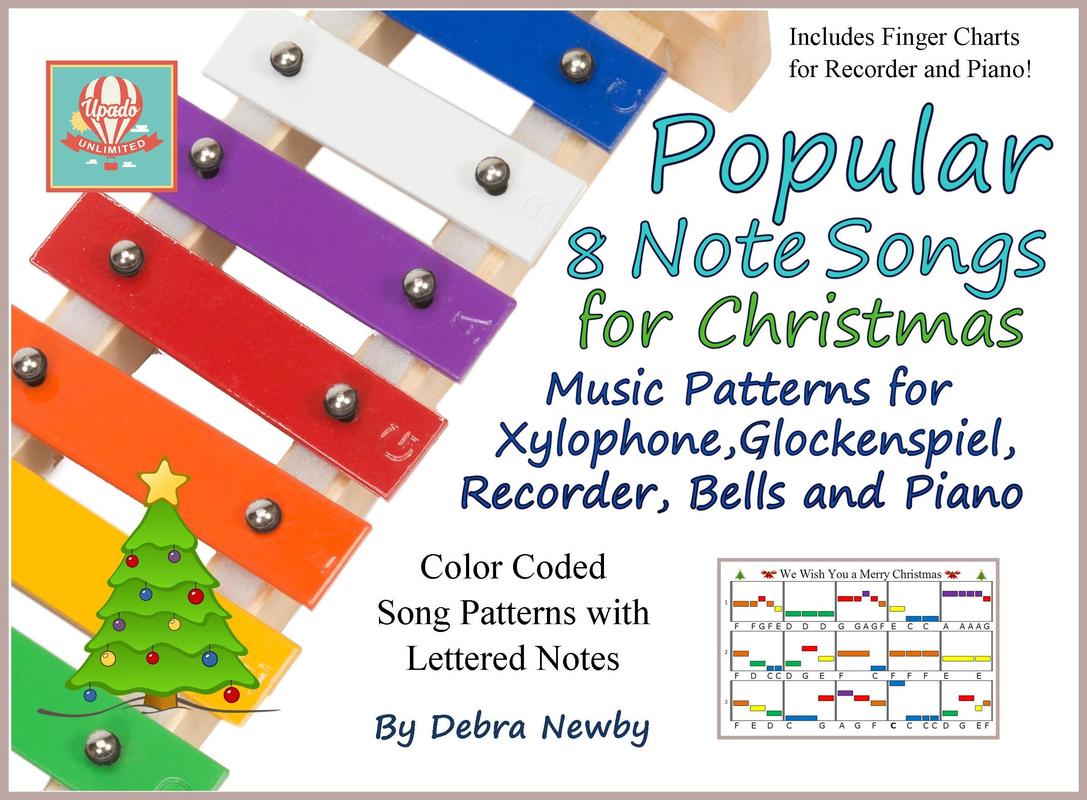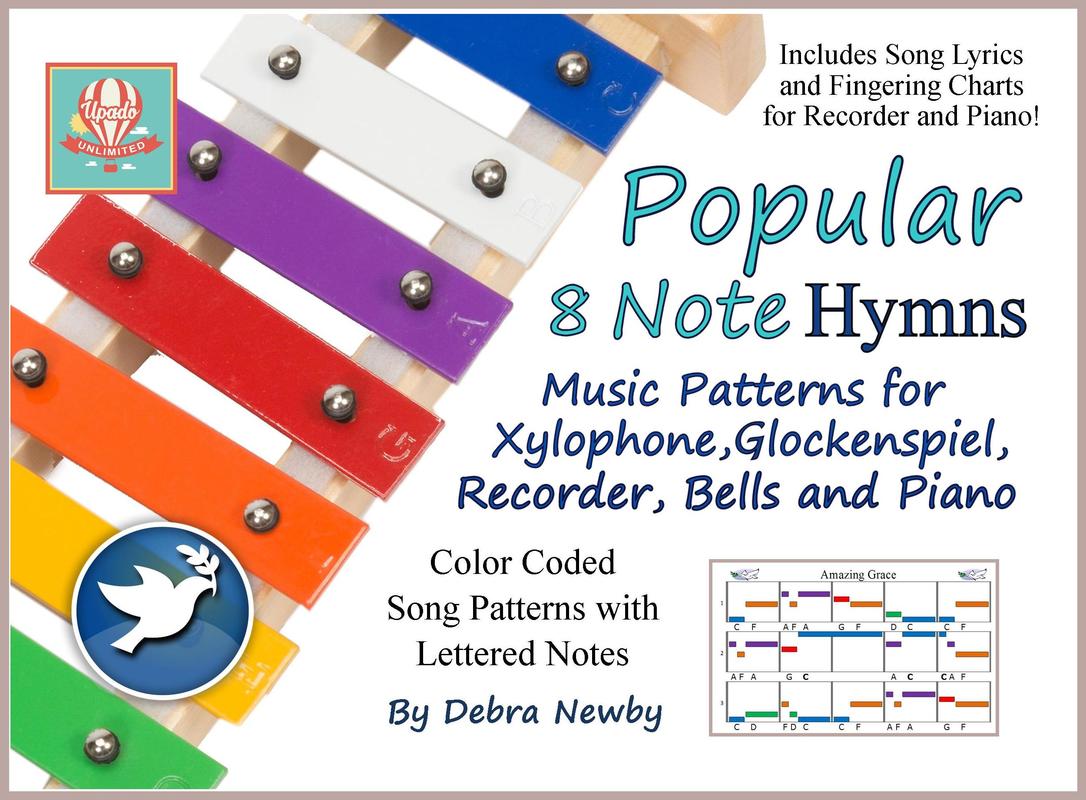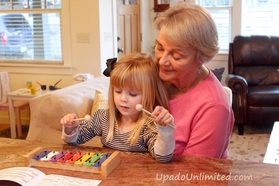
Music benefits the whole family. For the youngest child, the early years are crucial for developing hand-eye coordination, language skills and mental processes. Studies have shown that music helps in all of these areas. For older students, learning to play an instrument teaches patience, self-discipline and delayed gratification. Music is the most fun when played with others. In group settings, musicians learn to connect and work together as a team. A family that has a musically rich environment at home can experience these many advantages.
How to begin?
- Listen! Most of us have access to musical recordings in numerous locations. By listening to various musical genres at home, you provide a starting point for discussions about music. Ask your children, “How does this music make you feel?” “Does this music make you want to move?” Music with a faster beat can help the family have more energy to get chores done. Songs with a slower beat can help everyone relax and wind down after a busy day.
- Sing! The first instrument we all possess is our voice. Singing simple songs with young children helps them internalize music. New words can be put to familiar children’s songs such as Twinkle Twinkle Little Star. You can sing, “Now it’s time to clean your room” to that tune and help your child connect the cleaning activity with a happy song. Folk songs work well with small children because the beat is consistent and the music pattern is simple.
- Play! One of the greatest impacts you can have is playing music with your child. When you are willing to learn a new instrument with along with your kids, you send a message that music is worth the time and effort it takes to learn to play. A great place to begin is with a percussion instrument such as a xylophone for a younger child or a piano for an older child. A percussion instrument allows a student to see the actual spaces and patterns between the notes which helps them understand note progression.
- Memorize! Memorizing songs is important, and those memorization skills help students in academic areas as well. If your child is having difficulty learning a song, you can help them by connecting the song to a story. When my youngest daughter was learning Gossett Gavotte, a Suzuki violin piece, she was having a challenging time memorizing the order of the different parts of the song. We decided to make up a story about a bear that went with the song, and as each section of the song changed, the bear did a different activity.
- Move! All of us have seen young toddlers mesmerized by a live band, bouncing up and down on their little feet to the rhythm. Many songs make us want to move. With a small infant in our arms, we naturally sway back and forth while listening to soothing music. A song with a faster beat causes us to want to dance. Play some fun music and have a dance party in the living room with your kids.
December 22, 2016
Debra Newby has been listening, singing, playing and dancing with her family for over two decades. She currently tutors math, teaches group dancing and writes music pattern song books for xylophones. You can reach her at [email protected] .

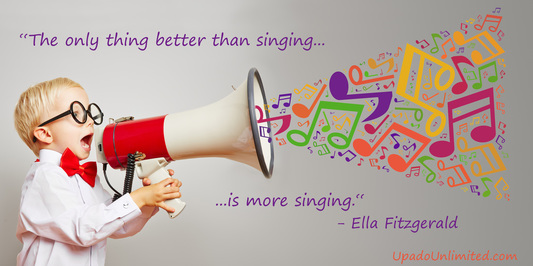
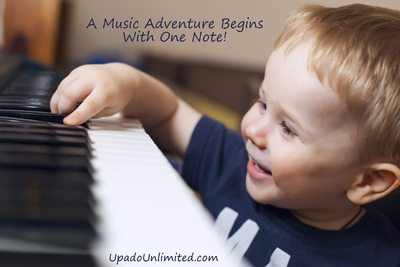
 RSS Feed
RSS Feed
